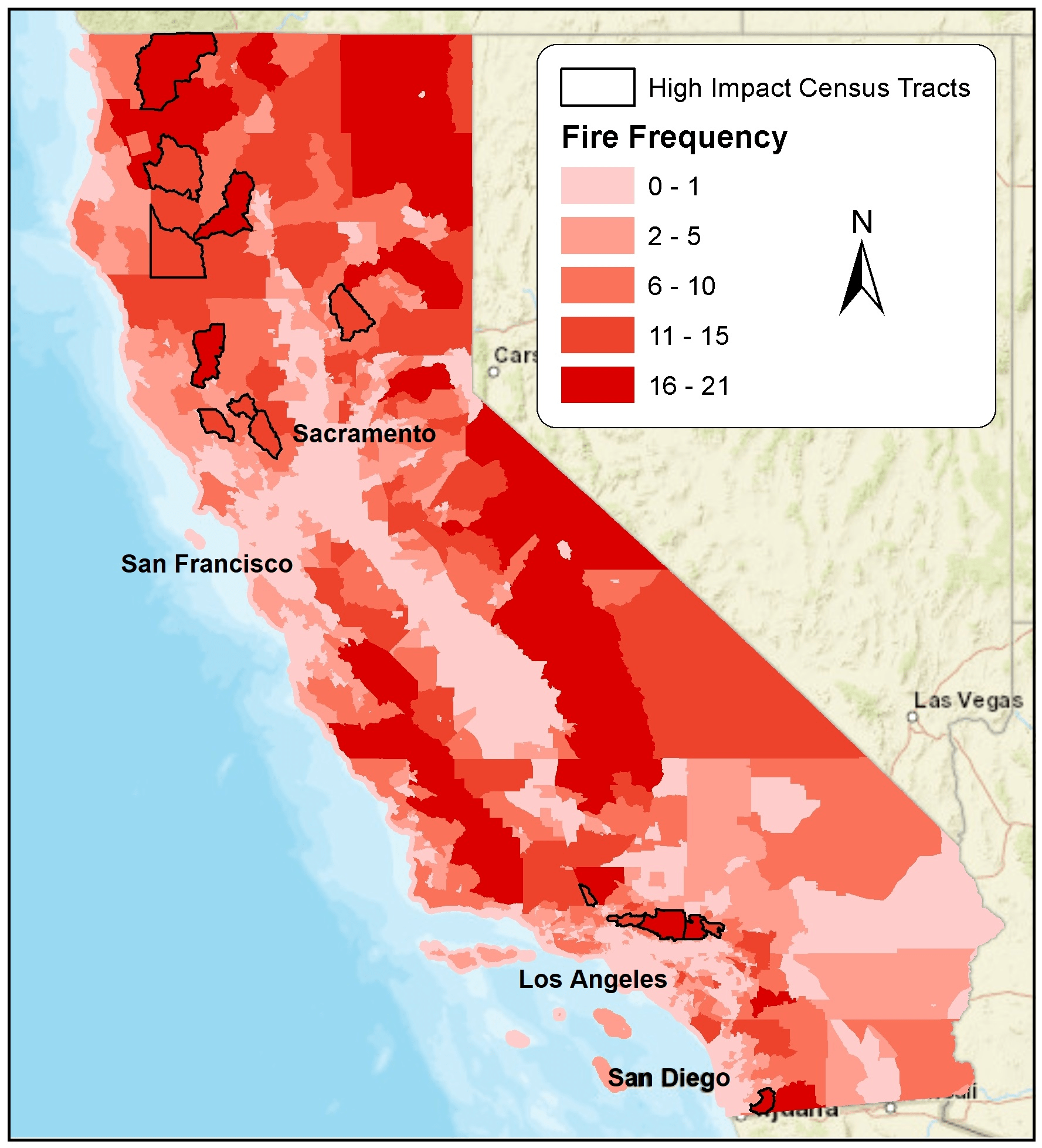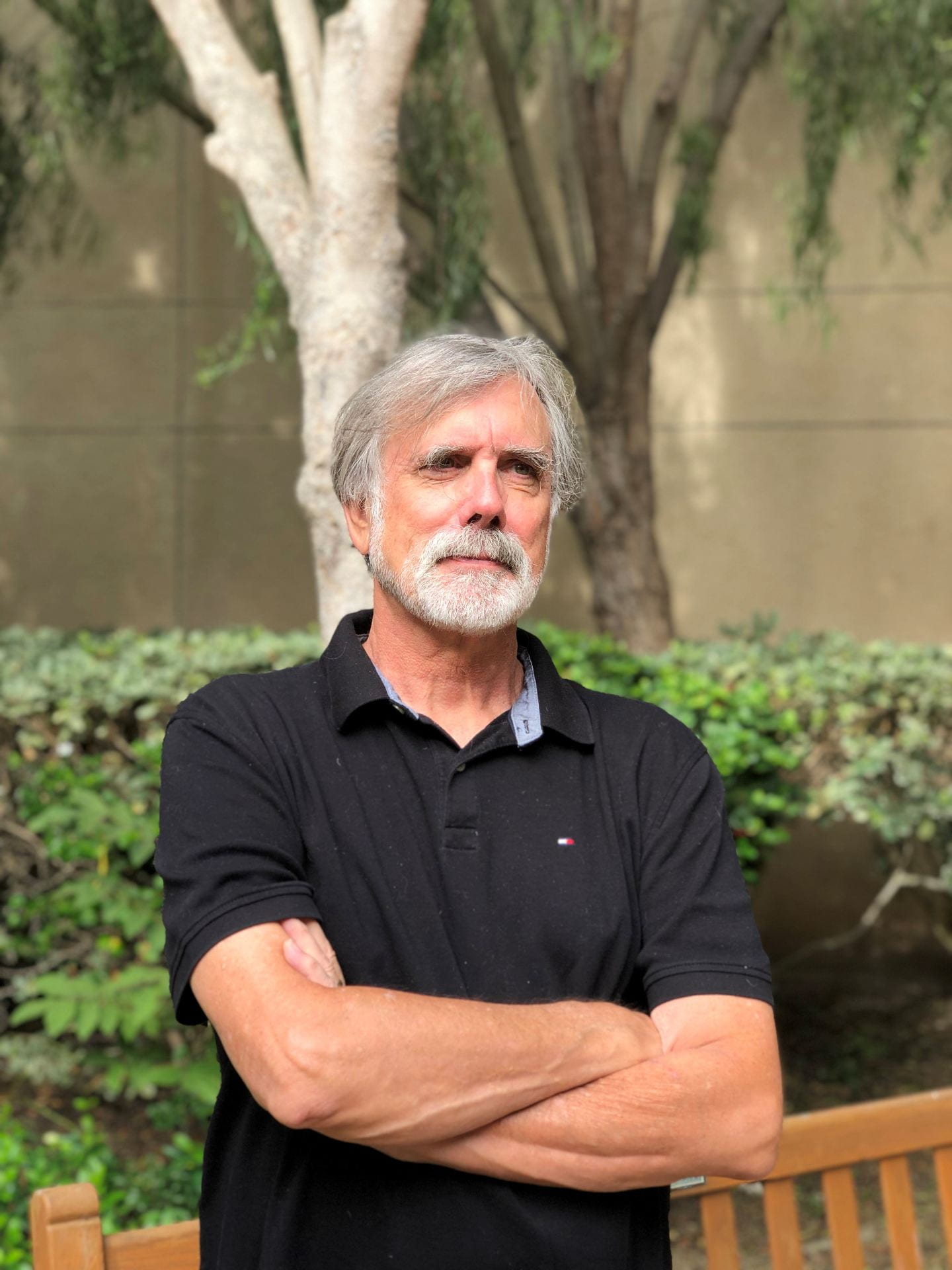California wildfires disproportionately affect elderly and poor residents, UCI study finds

California’s wildfire burn area has increased by more than 23,000 acres per year over the past two decades, and the number of people who have been adversely affected has nearly doubled. In a paper published recently in the International Journal of Environmental Research and Public Health, UCI researchers show that elderly and low-income residents have suffered a disproportionate share of the fires’ impacts. “For this study, we analyzed the fire frequency and area burned by wildfires across all Census tracts in California over the last 20 years,” said lead author Shahir Masri, assistant specialist in air pollution exposure assessment and epidemiology in UCI’s Program in Public Health. “Intuitively, rural areas sustain more wildfire damage than other parts of the state. Importantly, however, these areas also happen to be characterized by higher poverty rates, unemployment and a greater proportion of low-income residents without college degrees. We also found that, whether rural or not, communities hit hardest by wildfires had much higher proportions of elderly residents.” While lower proportions of minority residents tended to reside in high-impact Census tracts, an exception was for Native Americans who were over three-times more concentrated in such areas.
Between 1980 and 1999, catastrophic wildfires happened an average of 1.5 times per decade. From 2000 to 2019, incidents increased to seven per 10-year period. Cumulative costs jumped from $10 billion to $75 billion over the two time spans, as noted in the study. Co-author Jun Wu, UCI professor of public health, said that a large portion of these expenses have fallen on people who can least afford them, and victims have often suffered from smoke-related health problems, psychological stress and direct physical injury. “Our study shines a spotlight on an emerging problem in our state in which the effects of climate change are coming into direct contact with environmental injustice that touches socioeconomically vulnerable communities,” she said. “The work underscores the need for enhanced aid and recovery efforts in these regions as well as the importance of forest management and other fire-prevention strategies. It should also signal to policymakers and officials in state agencies that they must consider elderly and low-income individuals when allocating funds for wildfire prevention resources.”
The project received support from the National Institute of Environmental Health Sciences, the California Space Grant Consortium and AmericaView.


